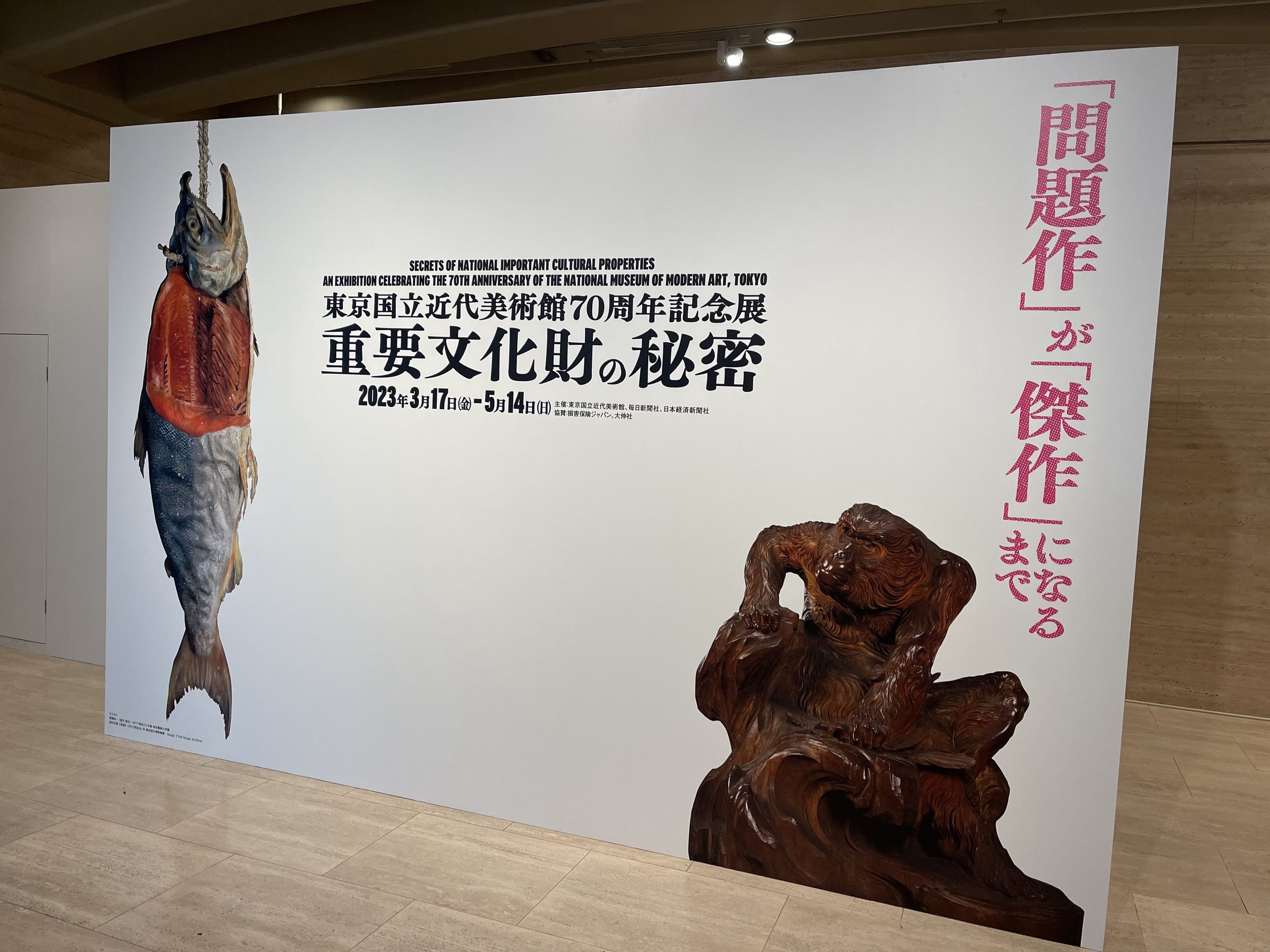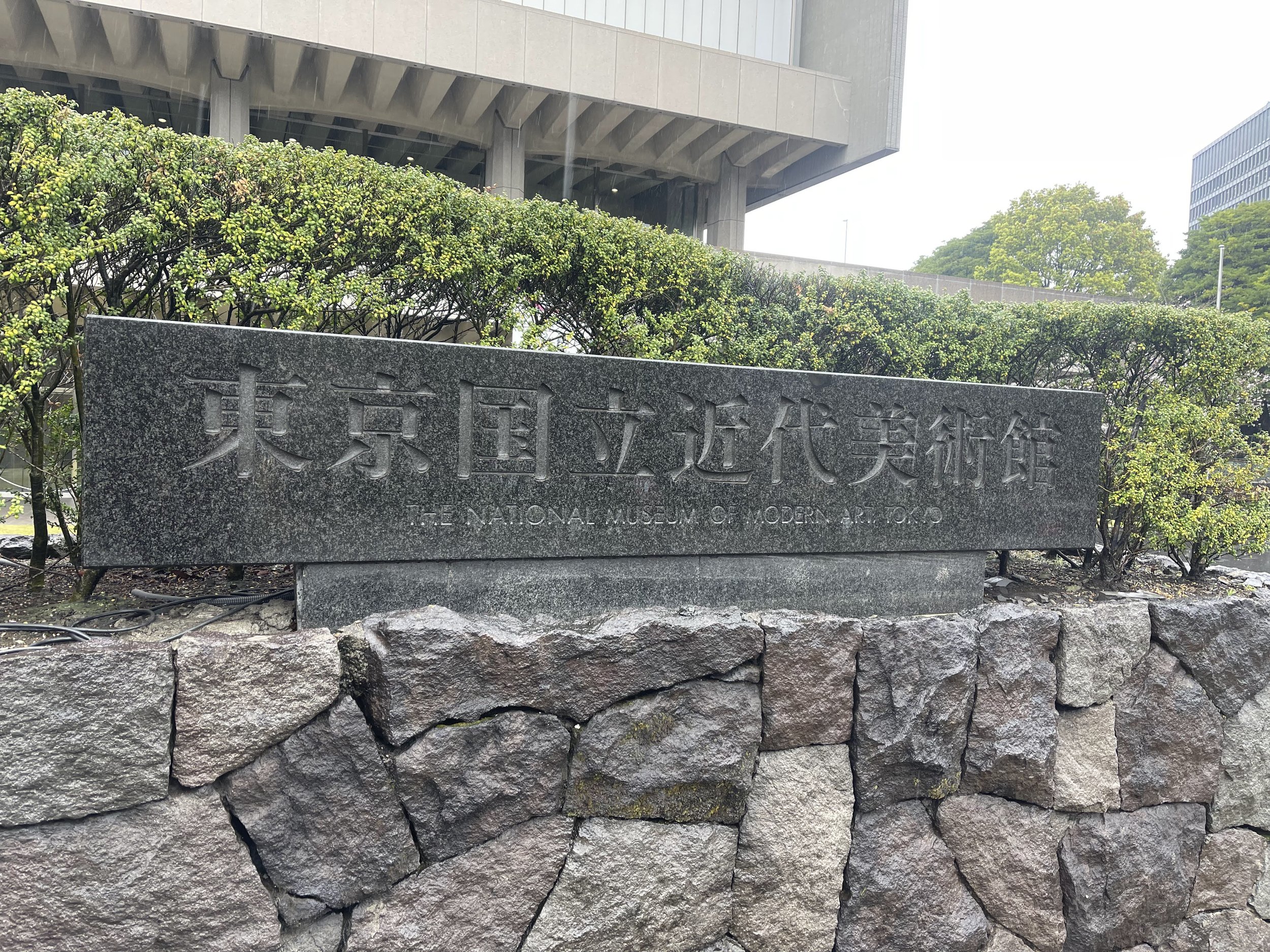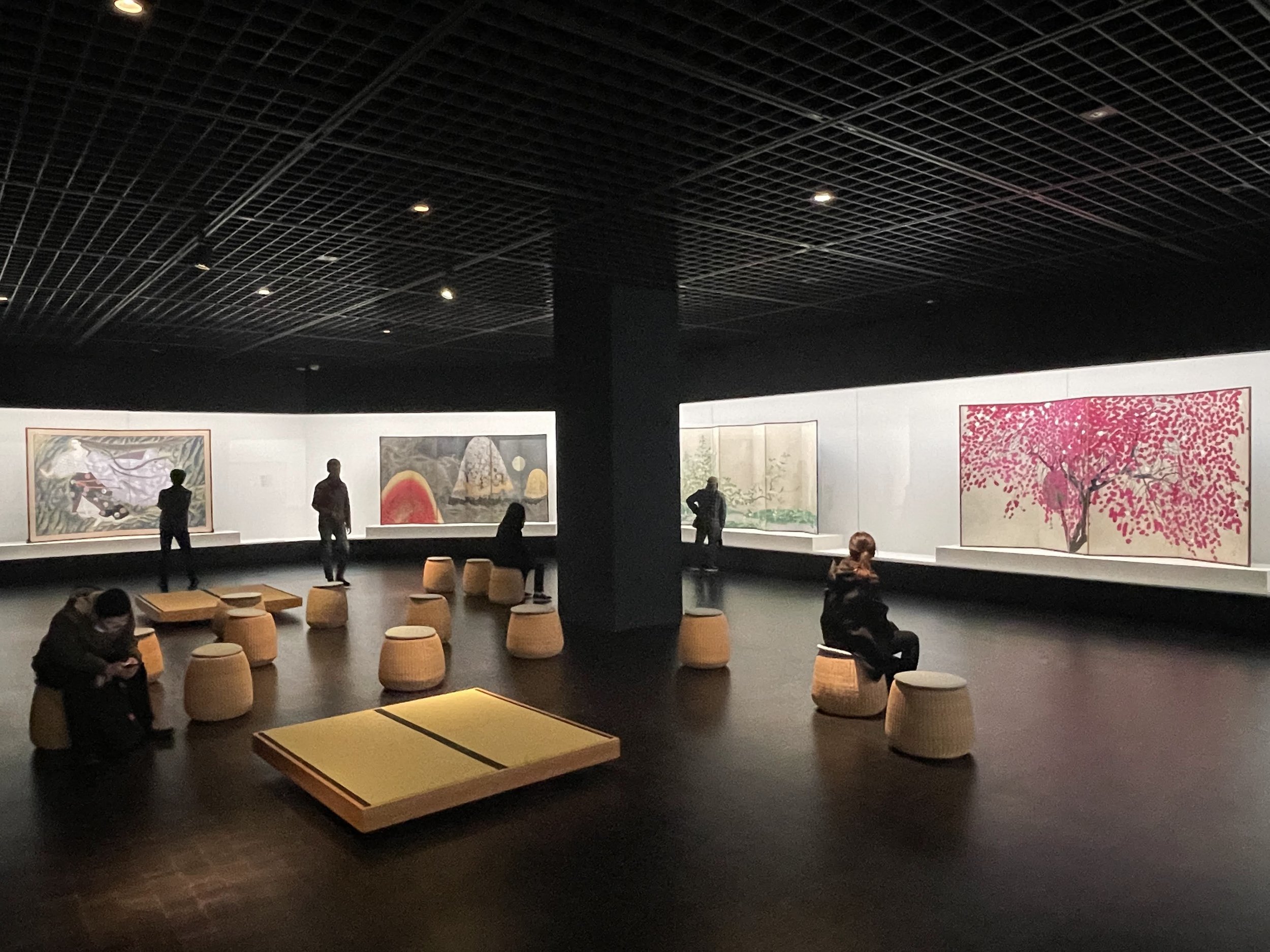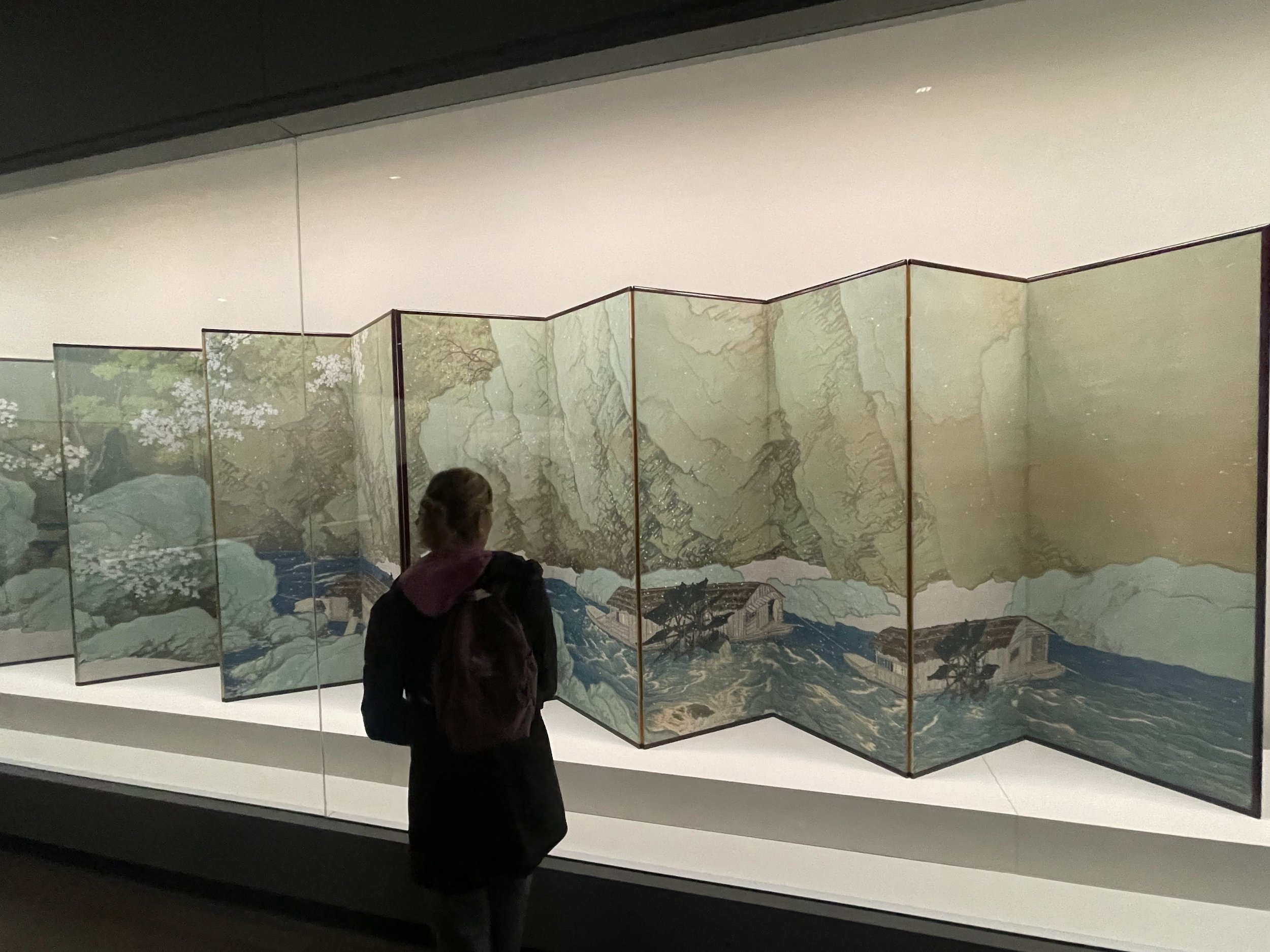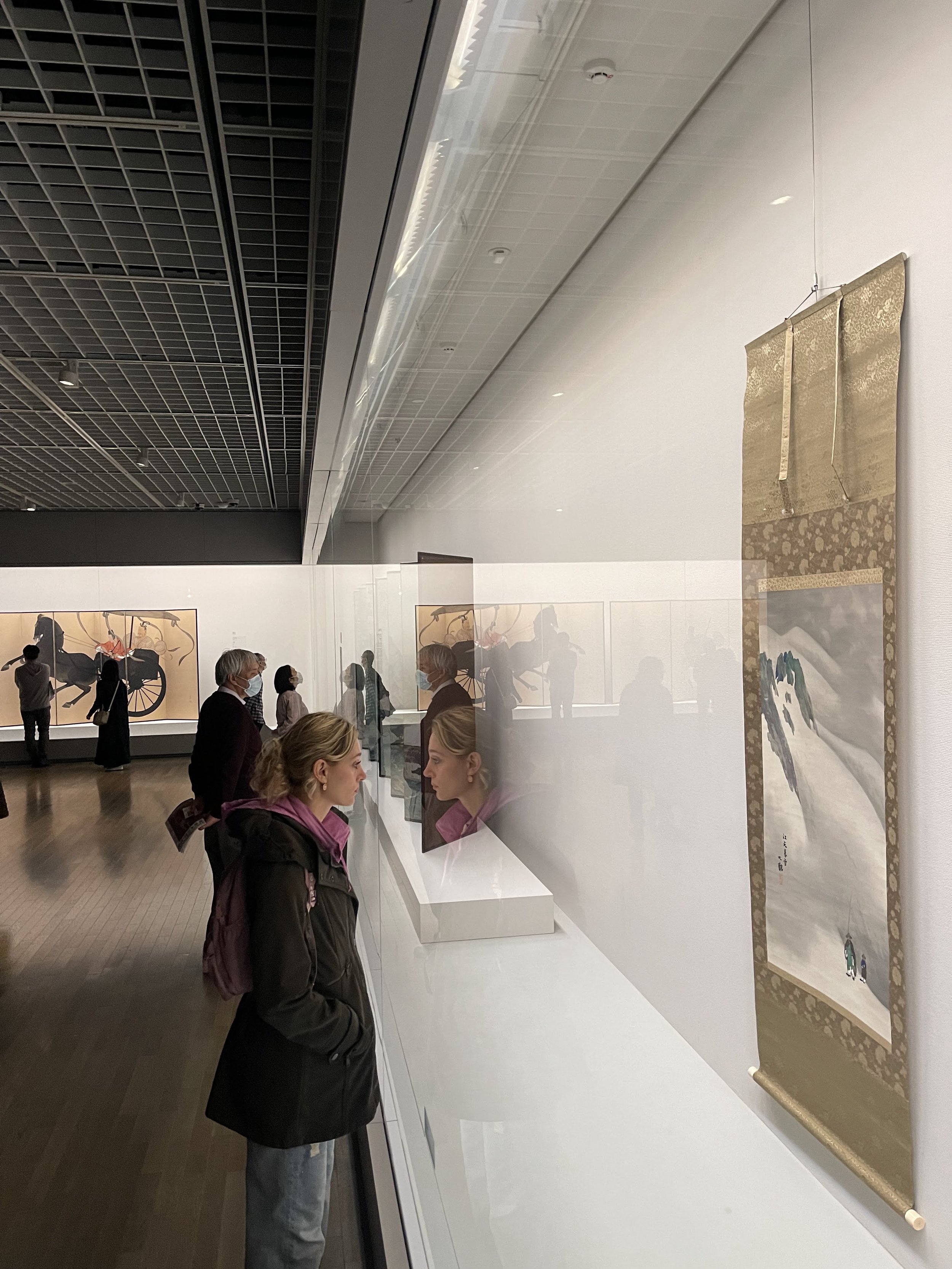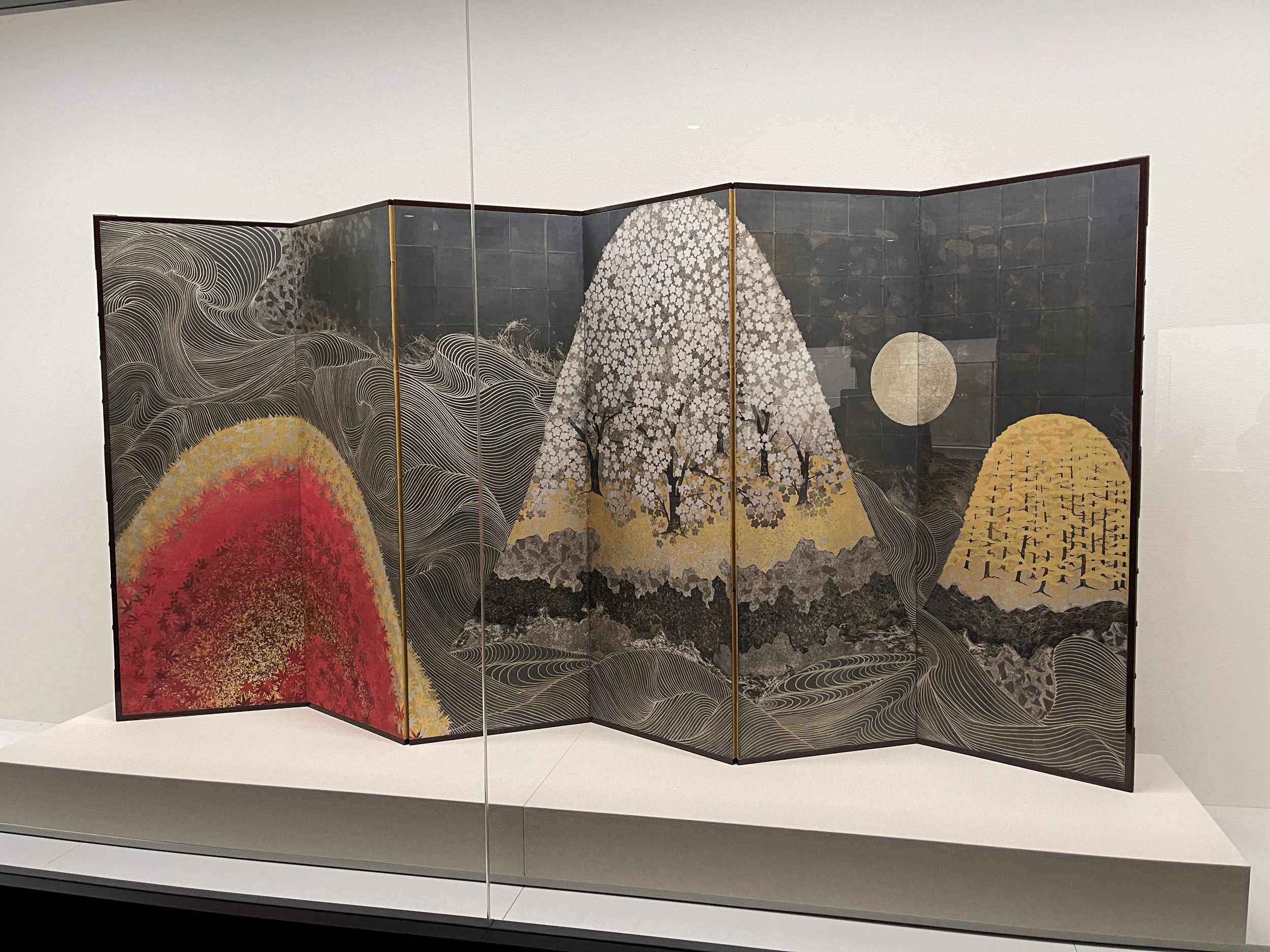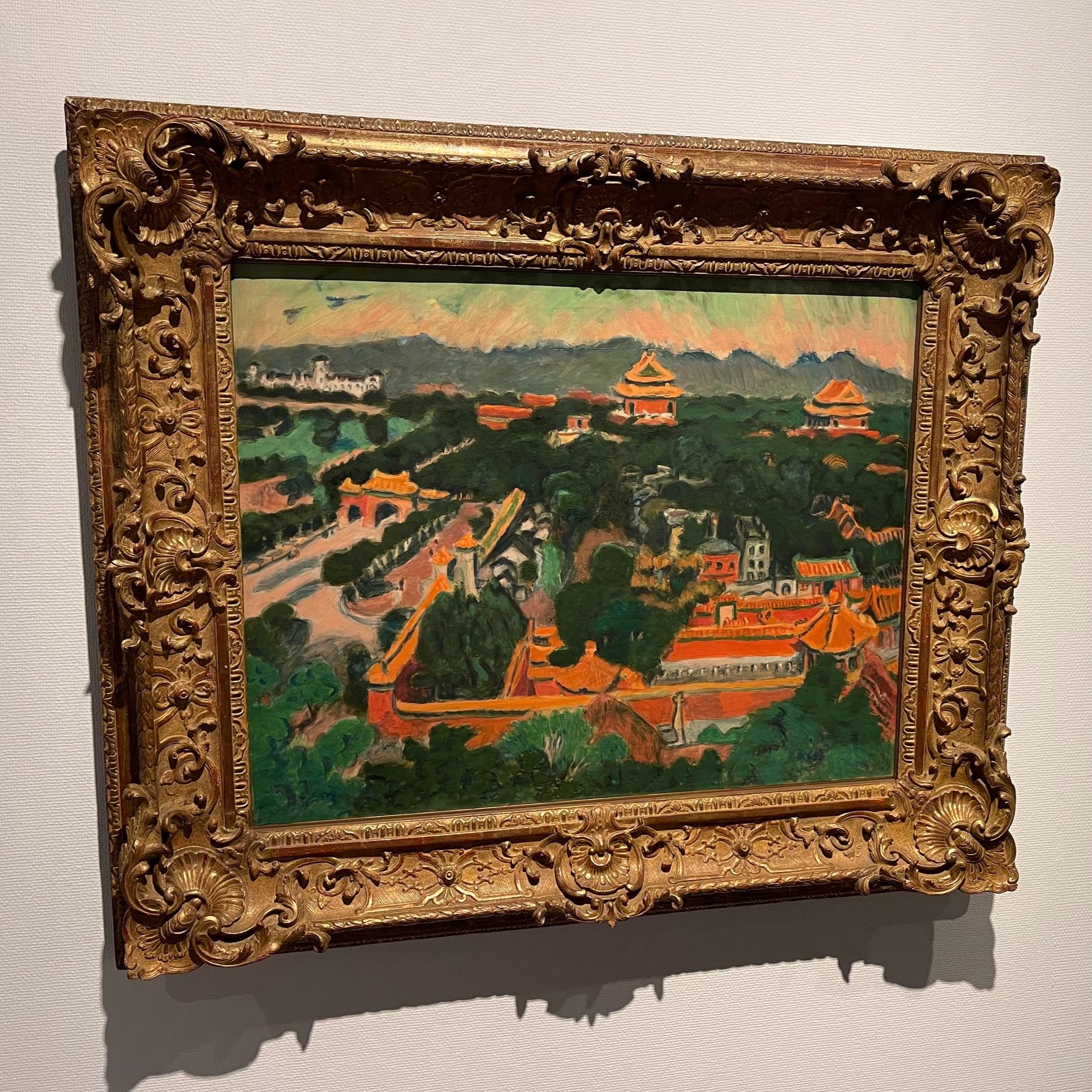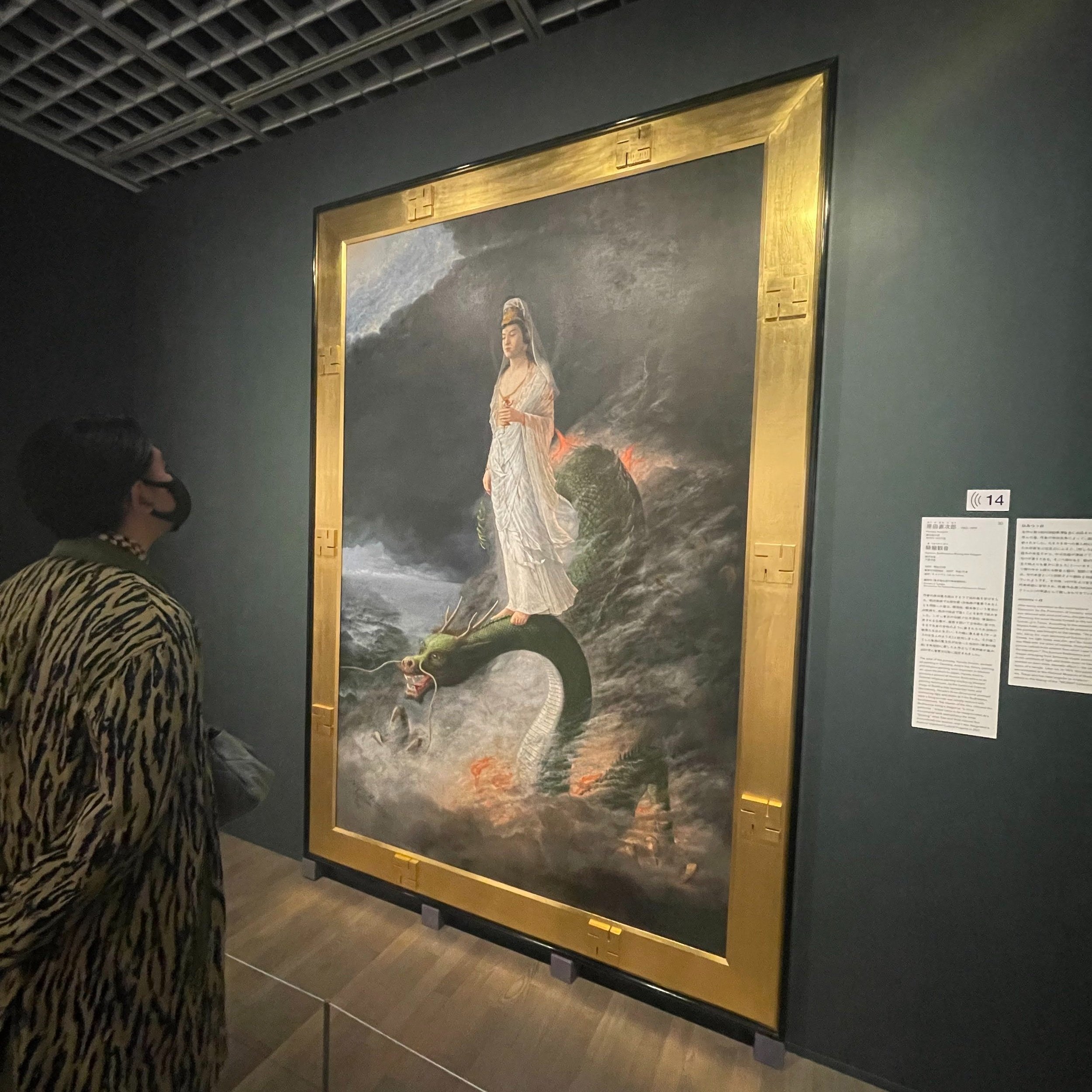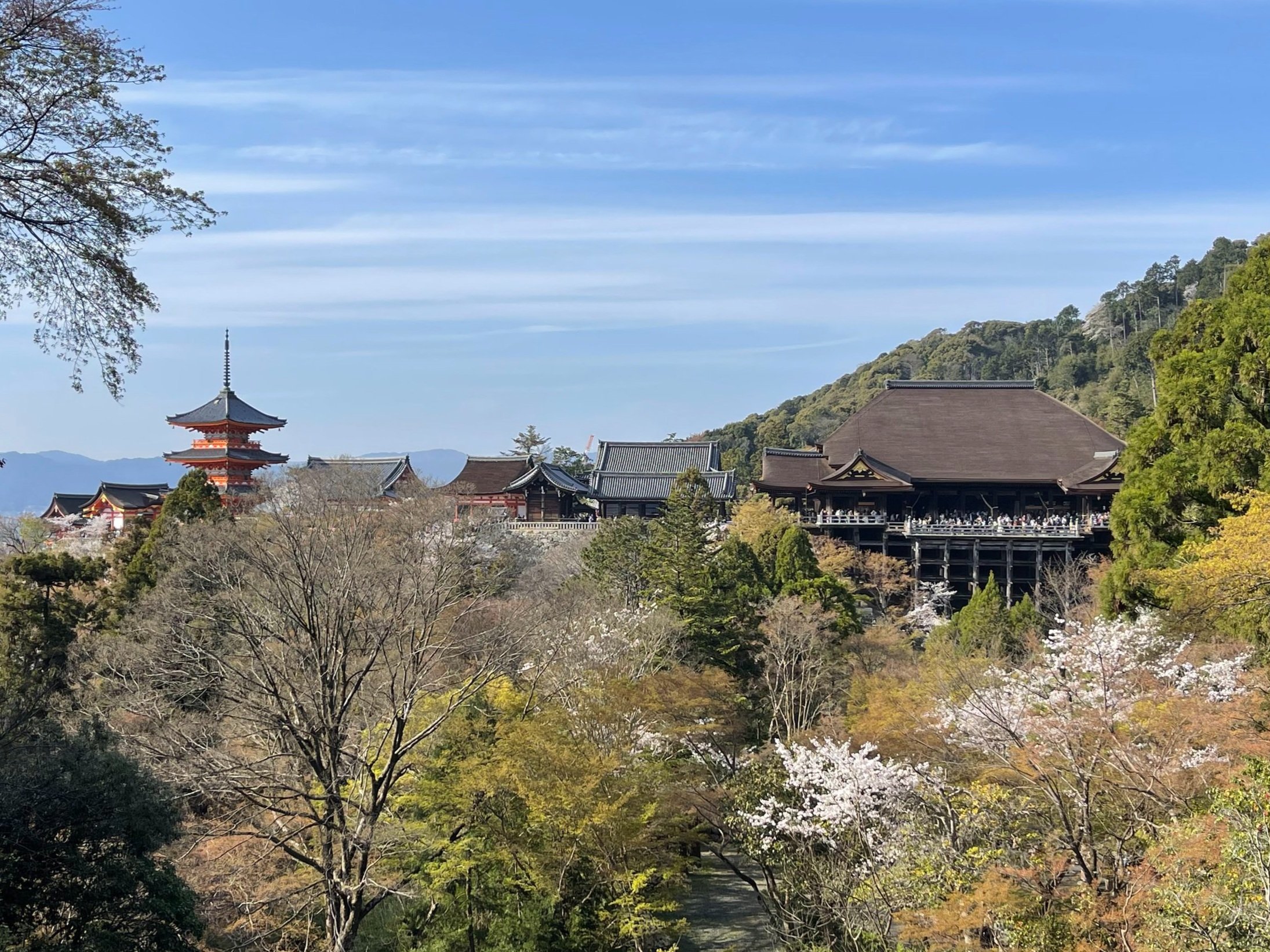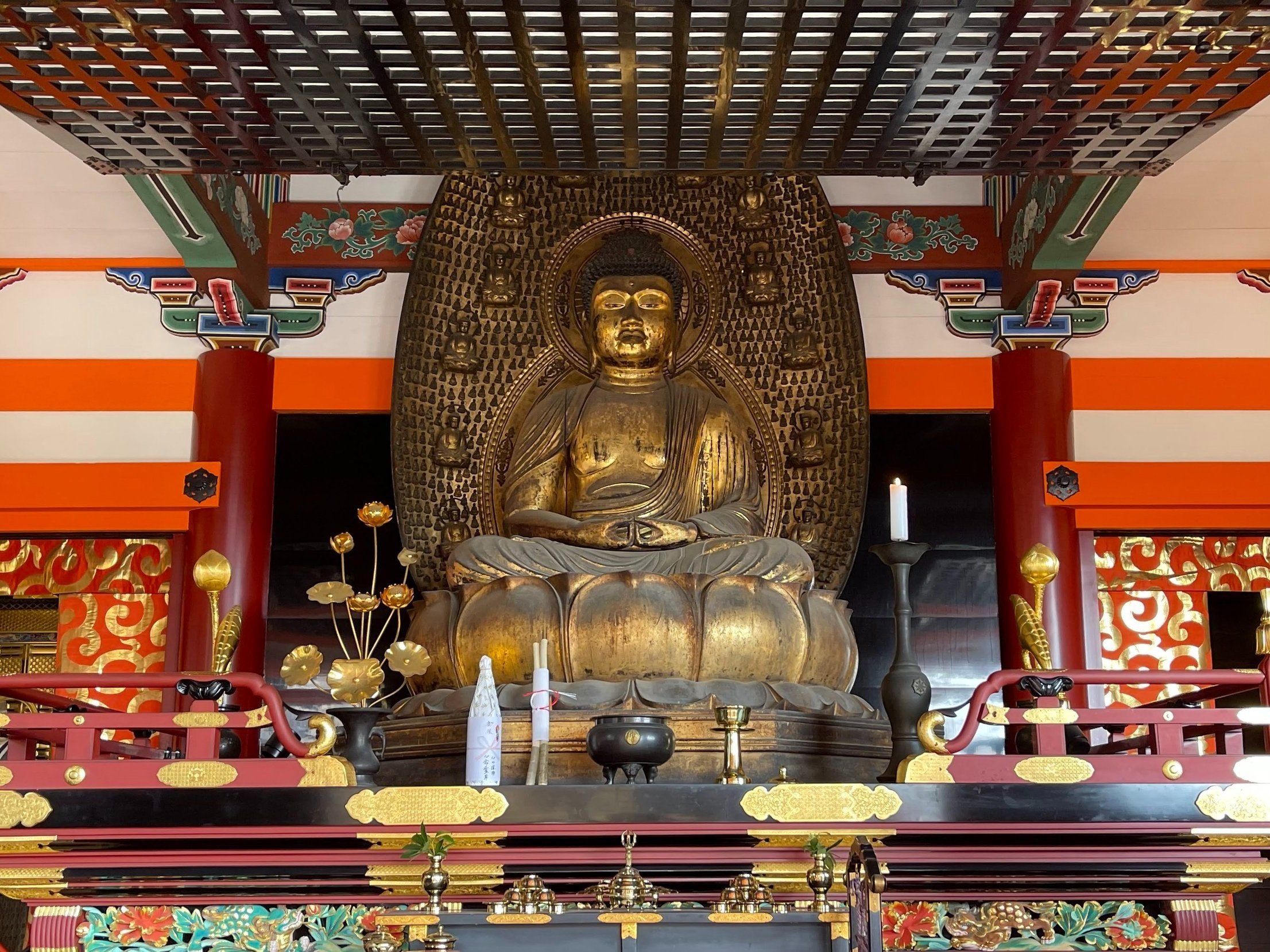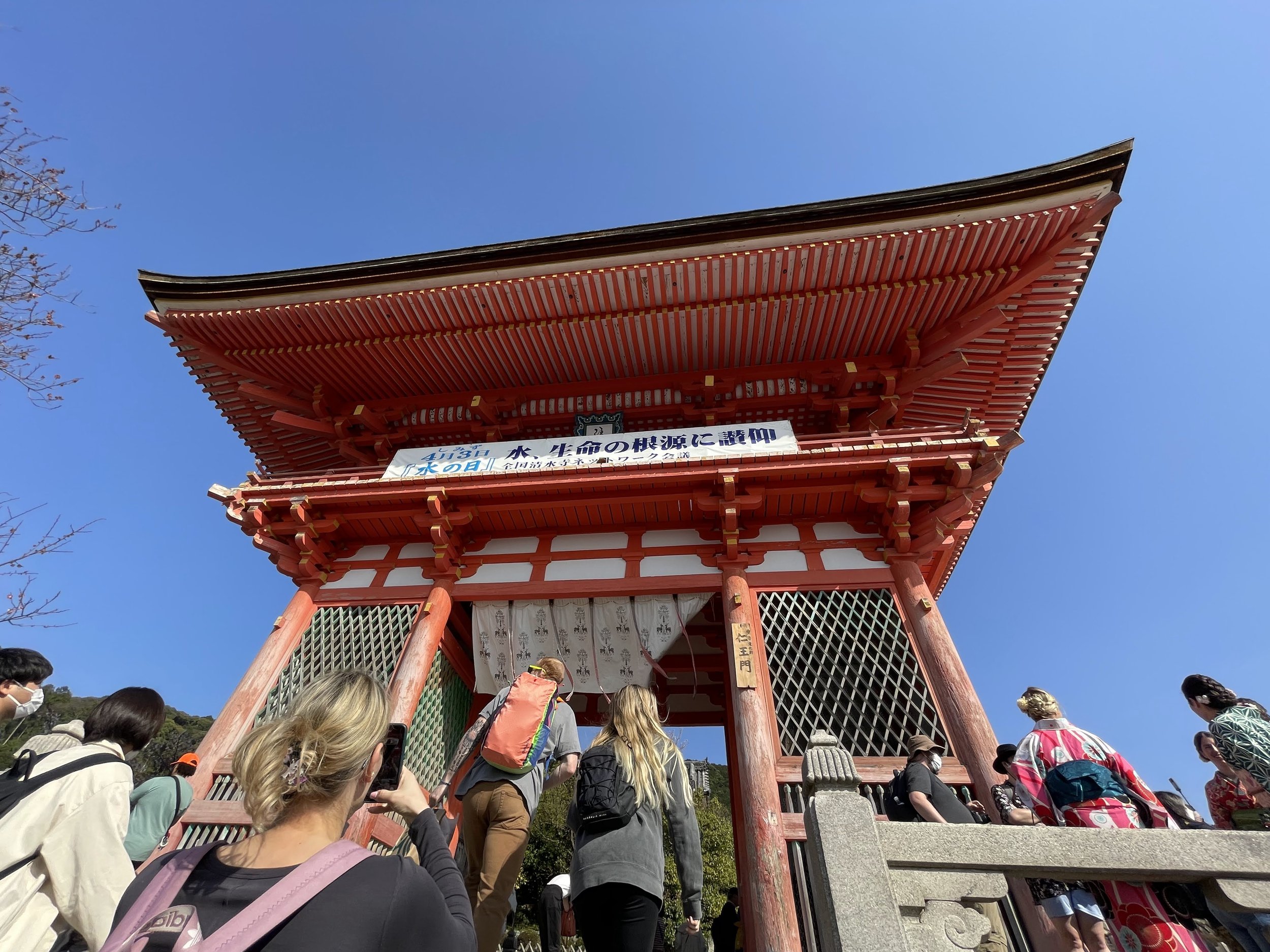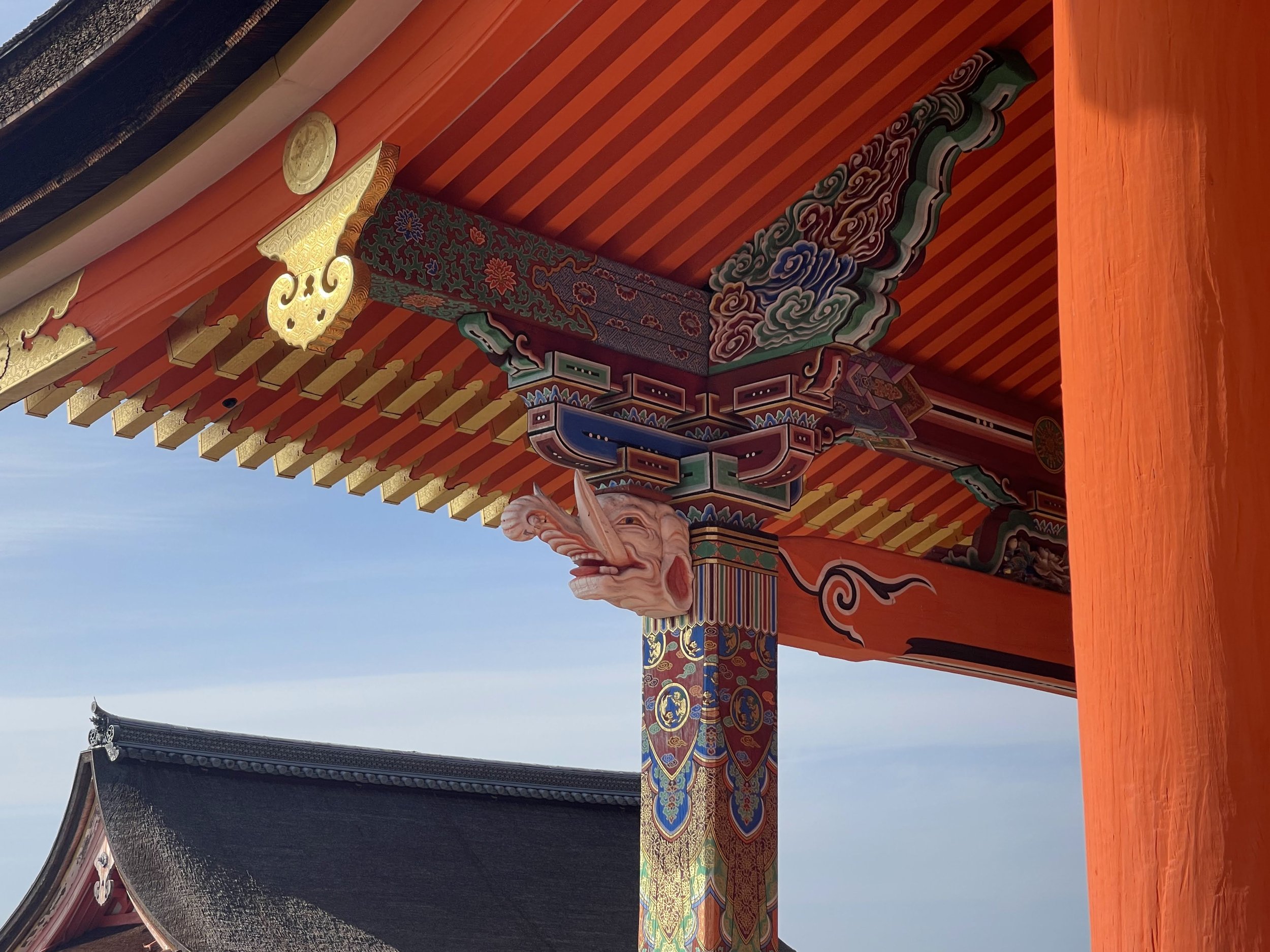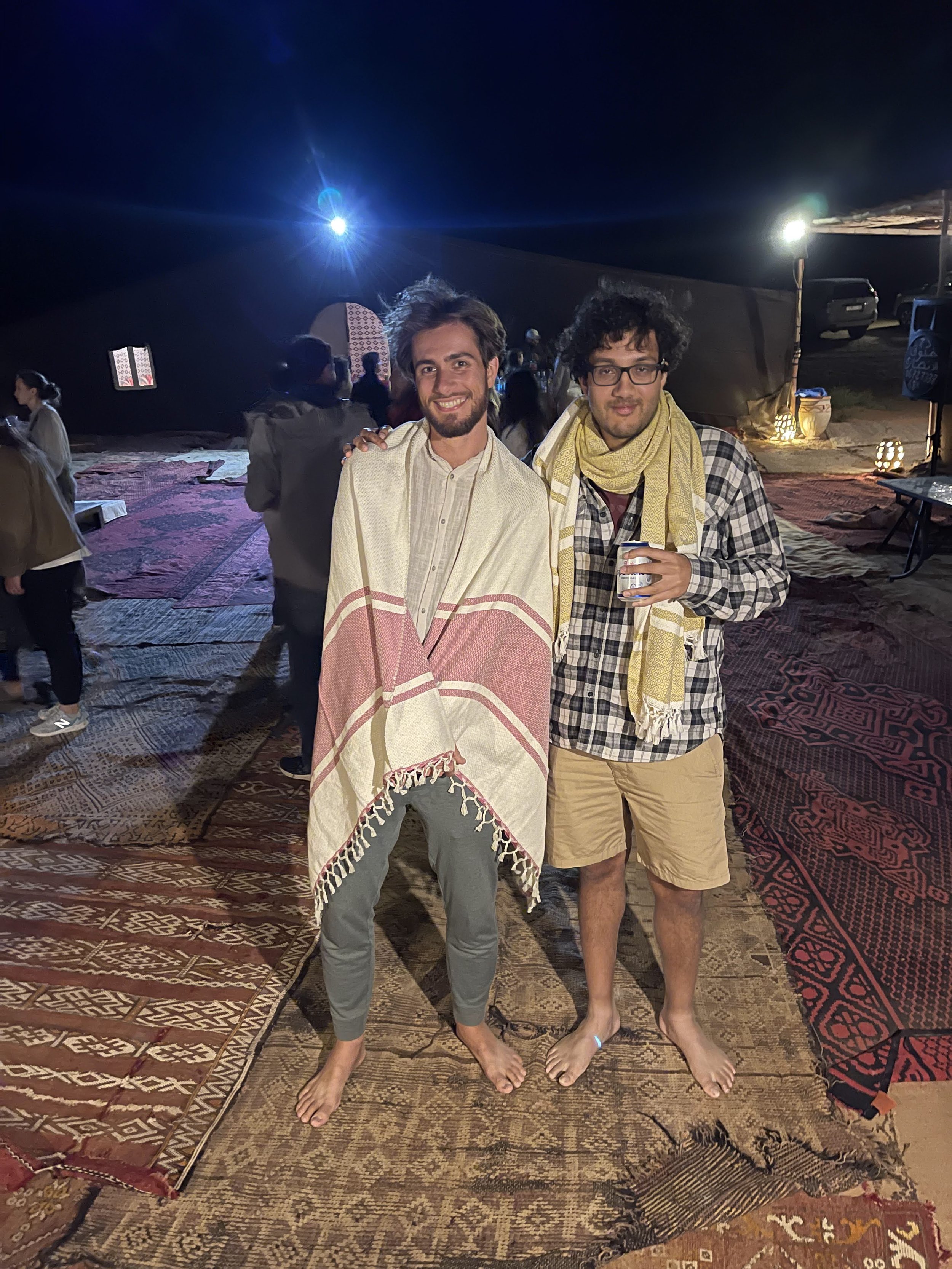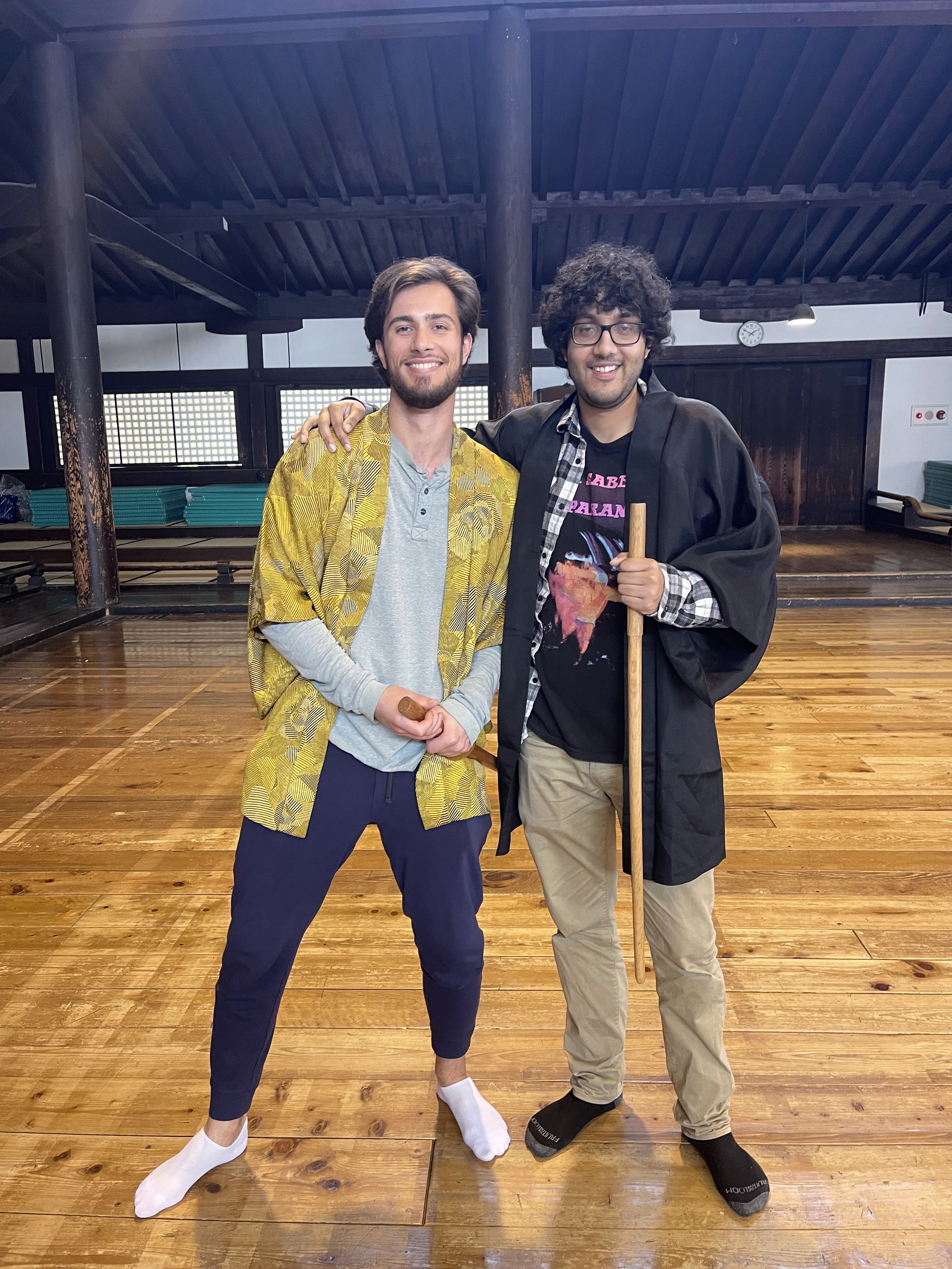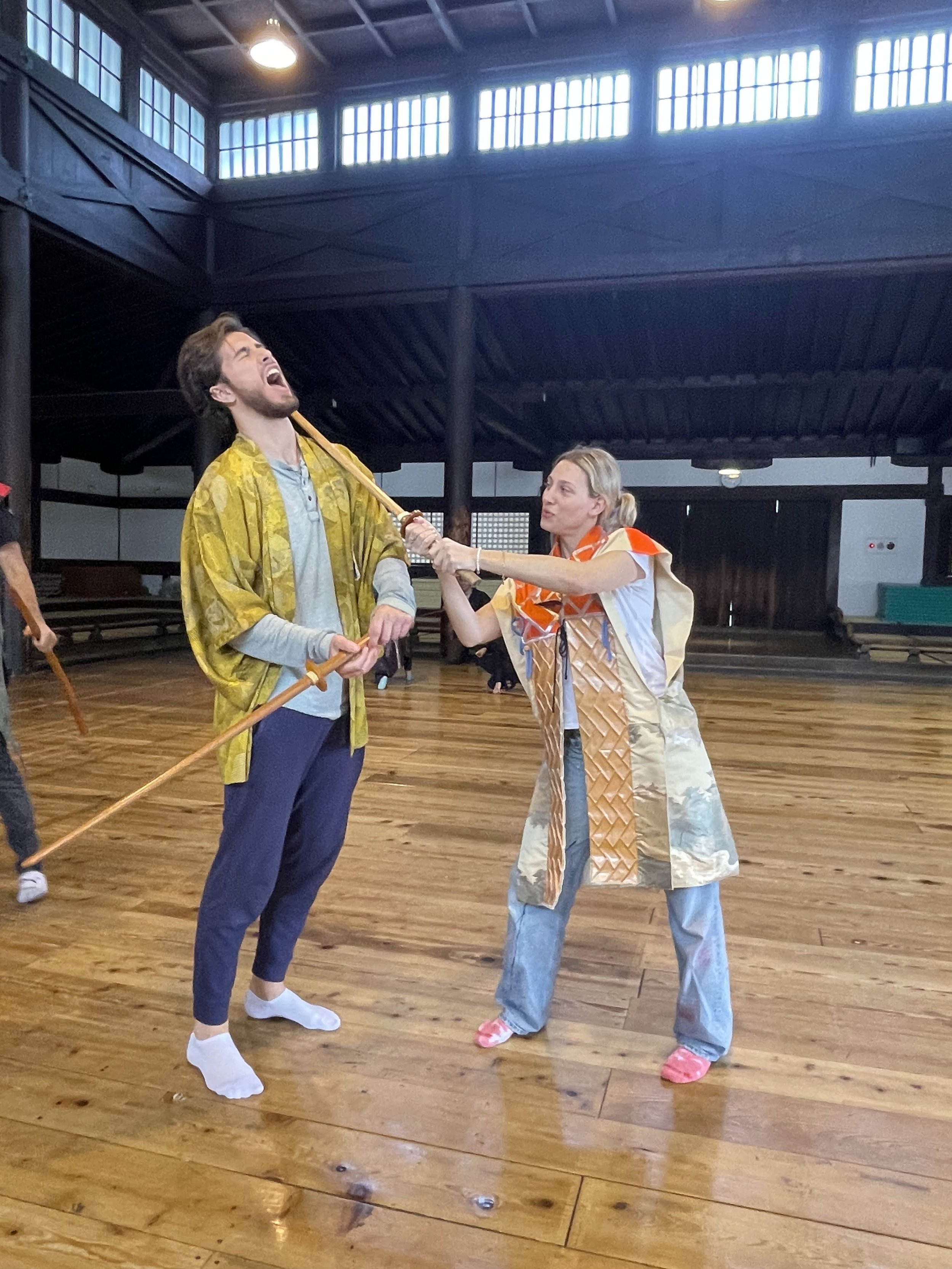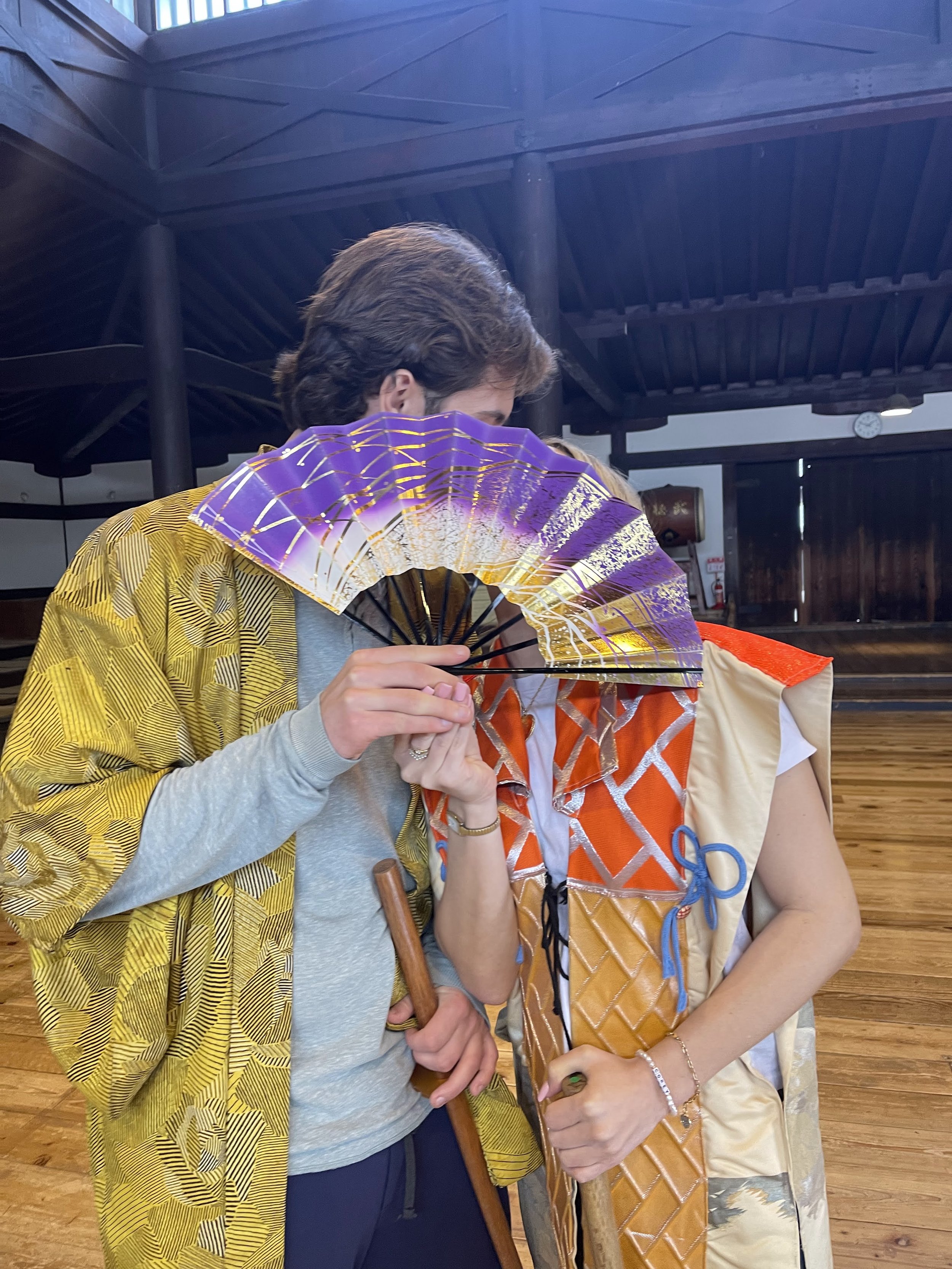Edo Experiences
This post highlights the moments we felt most immersed in Japan’s rich history, starting in its capital.
The National Museum of Modern Art
As the rain poured down on our first full day on Honshu, we took refuge in Tokyo’s MOMAT, just feet away from the site of Edo Castle, and walked right into its main event, the 70th anniversary special exhibit: Secrets of National Important Cultural Properties.
Entering the first room, I felt refreshed by the lack of European-style art that I’m so accustomed to associating with museums. Everything felt Japanese in style, which jibed with the fact that, as the exhibit’s name implied, all of its works were officially designated as National Important Cultural Properties.
Yet in the very next room, we found an entire section dedicated to the Western Style. The works were still created by Japanese artists, of course. But you could clearly see the impact of techniques such as impressionism. You could feel the ambivalence cited by the exhibit: “Japanese artists of modern times have been producing their works through continuous quest between Japanese tradition and one after another trend in art introduced from the West.”
A few works spoke directly to past experiences of mine. Kaburaki Kiyokata brought three women to life that mirrored the beleaguered characters I’d read about in Natsume Sōseki’s novels. A pink tree painted by Yasue Kodama recalled the fractals I’d learned about in college math classes. But Metempsychosis by Yokoyama Taikan went much further than referencing one particular book or concept. The 130-foot-long silk scroll took us nearly 5 minutes to view in slow procession with the other patrons. It told the story of a landscape, of the water cycle, and even of life itself. Indeed, the other official English translation for the work’s title is The Wheel of Life. The rushing, enveloping, and pounding power of the scroll’s river, mist, and rain culminated in a dragon incarnate.
The scroll’s fluid scenery reminded me that — despite my hair still being wet and the forecast signaling overcast skies for days to come — the weather, like all else, is transient. Sure enough, when we exited the museum an hour or two later, the rain had stopped.
Meiji Jingū
We walked up to a massive gate, stopped, bowed, and entered.
It was a quarter to five, which paired with the overcast skies made us conscious that night would soon gather. Corey’s mood seemed to mirror the oncoming darkness, and I couldn’t help but ask why. “Well, when we were back there [in Yoyogi Park] it was so beautiful on the path with the flowers and you said my name and I turned around, and I really thought you were going to propose.”
The air having been cleared, we walked over stone bridges and past straw-wrapped barrels of sake, our way lit by the diffused light overhead and the dim lamps to our sides. Once in the main courtyard, we walked past Ema — small wooden plaques bearing messages to be sent off to the spirit world — and up to the main temple where we tossed a few coins into a crate barred by metal grates, bowed twice, clapped twice, then bowed once more.
I bought an amulet “for good fortune” (after briefly considering the one “for getting a good job” which, to this day four months later, I still need) and Corey bought one “for your wish.” Little did she know that her wish of getting engaged would come true just 12 days later.
Hakone
From on top of Mt. Komagatake, we could see waves off the coast of Kanagawa, perhaps in the very same location as The Great Wave. Unlike in the famous painting, we couldn’t see Fuji in the background, as it was too cloudy that afternoon. Luckily, we’d caught a glimpse that morning while at the Fuji Welcome Center.
From that height, nearly 4500 feet in the air, our breath fogged up and we could smell sulfur. In the distance we heard a loud boom that repeated rhythmically before pausing and then beating again. It sounded like a giant beating a drum. Was it thunder? A military exercise? Dynamite? Many in our group joked that it was Mt. Fuji waking back up.
That sounded funny enough to me until I noticed how uneven the ground was near the ropeway terminal. It had shifted enough such that parts of the concrete and tiles were cracked and other parts had formed waves petrified in stone rather than on canvas.
Kinkaku-ji & Kiyomizu-dera
We spent our first afternoon in Kyoto visiting two temples.
The first sprung out of a land of rolling wooded hills that felt far from any town. It shining golden pavilion — the namesake for “Kinkaku” — stood out against the clear blue sky dotted with birds and the muddy green pond full of carp.
The rest of the grounds held little more than small huts and stone configurations. At one of the latter, people threw yen coins into a stone bowl surrounded by stone buddhas — presumably some sort of wishing well. I walked up and tossed one right in on my first try. Probably should’ve wished for something!
We found the second temple at the top of a tall hill overlooking downtown Kyoto. Its complex of over 30 buildings was so big that we barely had enough time to walk through all of it, much less stop to drink from this temple’s namesake, the “Pure Water” or “Kiyomizu” from which stretched a long line of tourists-in-arms.
Throughout the temple grounds, moments of peace — stopping to watch cherry blossom petals drift in the wind across the glen — sandwiched moments of disarray — pushing through large crowds squeezed between pavilions and shops.
Samurai Experience
The following morning, we embarked on a samurai experience. I’d thought that would mean we got to play with swords, but alas, they only trusted us with wooden ones. In fact, the instructors only trusted themselves with wooden ones today, which jibed with the fact that throughout their demonstrations they’d often laugh to each other or throw us knowing smirks. We were part of a small group of 25, giving me & Kushal ample opportunity to recreate a photo from our trip last spring break to Morocco, now over 1 year and 7000 miles away.
Our instructors — two men and one woman — began with the guys facing off in a pitched spar, before the gal took the stage for a parasol dance (which belied her later actions). Corey suspected that the main “protagonist” man was romantically involved with the woman, but later amended her view to allow for the possibility of a love triangle.
After we’d learned a few steps and moves, the class culminated with a demonstration. Corey & I were one of the twosomes to take center stage, and after the customary introductory dialogue — “Wait!” “Who are you?” “I’ll kill you!” — Corey did, in fact, kill me.
We may fight sometimes, but we always kiss and make up
Gion Corner
Later that day, Kushal had the idea of attending some sort of local performance, and after wandering through Kyoto’s geisha district, we arrived at Gion Corner where it turned out a show would play within the hour. Nine of us bought tickets, entered the front building under hanging lanterns, passed through a lush courtyard, and reached the auditorium just as another show wrapped up.
They didn’t allow photo or video during the performances, so I’m afraid my words alone will have to suffice. And, if you’re really interested, some of these stock videos. I say performances plural because it was a variety show, meant to display to visitors many different aspects of Japanese culture.
The show began with Chanoyu, a tea ceremony similar to the one we’d experienced in the Buddhist temple early that morning. Each action the two women took, whether it be cleansing utensils with a silk cloth or whisking matcha powder in hot water, had been intently stylized to create the ideal setting for the enjoyment of tea. After the tea had been served (though not to us), two different women played the koto — “a type of long wooden zither” — while two other women practiced ikebana — “the way of flowers.”
The preliminaries having been dispensed with, we then came to the real drama. While Gion sadly didn’t run the bunraku puppet theatre that evening, we still got two dances and two plays.
In the bugaku dance, a man in a dragon mask took the floor and cast about the room in flowing movements. In the moment, it felt like a demonstration of pride and power, a dragon made flesh. According to the program, the dance was based on a Chinese prince who — not taken seriously by his troops — adopts the mask and leads his army to victory. The Mad King only wishes.
I found the kyogen comedy funny enough even without understanding a word they said. Three men came onstage and in short order the leader of the band tied one to a bamboo staff and bound the other’s hands with a rope. After berating the duo for misdeeds unknown to me, the leader exited stage right. Despite their restraints, the two captives successfully filled a bowl, drank from it, and promptly started cavorting about the stage, apparently drunk. Eventually the leader returned and, after being taunted by his captives, berated them again before chasing them both offstage.
For the noh play, I decided to read the English program beforehand, which enhanced my experience quite a bit. While the performance only covered one scene — a maiden’s ascent to heaven — the backstory lent it the emotional punch it needed. Without that, I would have experienced little beyond the thought that the shite’s mask made them look like No Face.
The final event featured those who had eluded us on the streets of Gion — two geishas — whose painted faces looked even more stoic than the noh performer’s mask.
For next time
In some ways, it felt as if we missed out on more than we could actually experience. Take some of the activities that classmates of mine did: the Miyazaki museum (too far out from downtown), teamLab Planets (sold out), Nara Park and its wild deer (conflict with samurai experience), the Fushimi Inari Shrine (cut into free exploration time), and the GiGO Akihabara 1 arcade (not enough time). No one trip can be complete, and I do my best to make peace with that.
Thank you for reading! The next post will (finally) wrap up this Japan trip, focusing on social events and situations.
